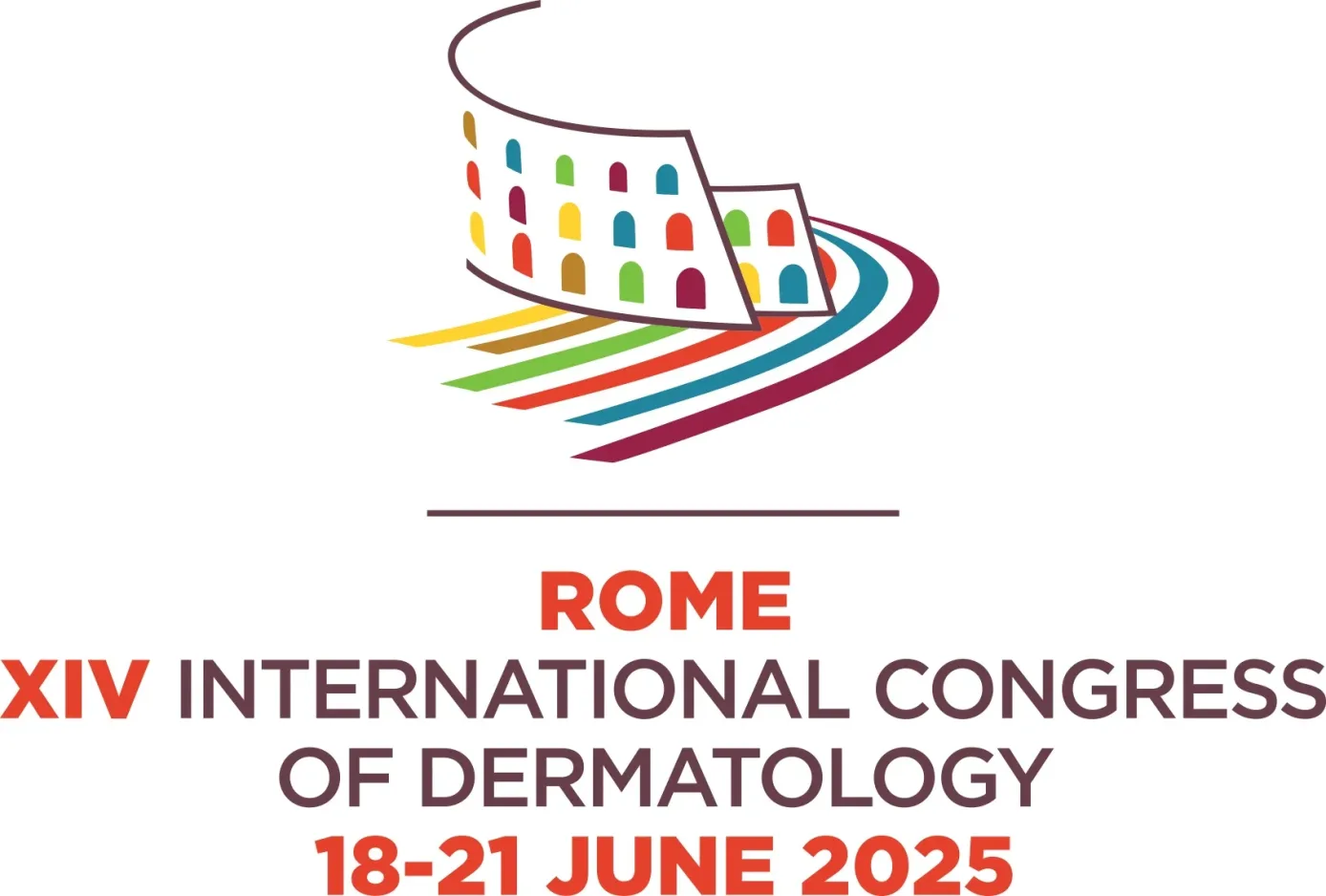PDRN cream is a topical skincare product formulated with polydeoxyribonucleotide (PDRN), a DNA-derived compound known for its regenerative properties. Widely used in facial cosmetics, it supports skin repair, enhances hydration, and promotes a youthful appearance by stimulating collagen synthesis and reducing inflammation. Below, we explore its applications, efficacy, and how to incorporate it into a skincare routine.
What Is PDRN Cream Used For?
PDRN cream targets multiple skin concerns through its unique biological activity:
- Skin Regeneration: Accelerates cellular repair and tissue renewal, improving texture and elasticity.
- Anti-Aging: Reduces fine lines and wrinkles by boosting collagen and elastin production.
- Hydration: Enhances moisture retention for plumper, smoother skin.
- Post-Procedure Care: Supports healing after treatments like microneedling, lasers, or chemical peels.
- Scar and Acne Management: Minimizes the appearance of scars, hyperpigmentation, and inflammation.
How Effective Is PDRN?
Research and clinical studies highlight PDRN’s mechanisms:
- Collagen Stimulation: Activates fibroblasts to improve skin firmness and elasticity.
- Angiogenesis Promotion: Increases blood vessel formation, enhancing nutrient delivery for faster healing.
- Anti-Inflammatory Action: Calms redness and irritation, making it suitable for sensitive skin.
- DNA Repair Support: Aids natural skin recovery processes.
These effects make PDRN a proven ingredient for improving skin texture, reducing visible aging, and accelerating recovery from damage.
When Will You See Results?
Results vary based on application method and skin goals:
- Topical Creams: Hydration and brightness improve within 2–3 weeks. Significant texture and wrinkle reduction may take 4–6 weeks of consistent use.
- In-Office Treatments (Injections/Microneedling): Initial improvements appear within days, with full results (e.g., scar fading, lifted texture) visible after 4–6 weeks.
- Longevity: Effects typically last 4–6 months, especially with maintenance treatments or continued topical use.
Topical vs. In-Office PDRN Treatments
- Topical Creams: Ideal for mild concerns like dryness, dullness, or early signs of aging. While effective, their penetration is limited to surface layers. Pairing with at-home microneedling devices can enhance absorption.
- In-Office Procedures: Deliver PDRN deeper into the skin for dramatic results on wrinkles, scars, or severe damage. Effects are faster and more pronounced than topical applications.
Potential Side Effects
PDRN is generally safe with minimal risks. Possible reactions include:
- Temporary redness or mild irritation at the application site.
- Rare allergic responses (patch testing recommended).
Discontinue use if irritation persists and consult a dermatologist.
Key Considerations
- Consistency Matters: Daily use is critical for topical products to deliver results.
- Combination Approach: Pair PDRN cream with sunscreen (daytime) and moisturizers to maximize benefits.
- Professional Guidance: Consult a skincare specialist before combining PDRN with other treatments, especially for sensitive skin or post-procedure care.
Final Takeaways
PDRN cream offers a science-backed solution for rejuvenating skin, addressing aging, dryness, and damage. While topical products work gradually for surface-level concerns, in-office treatments provide deeper, faster results. For optimal outcomes, tailor your approach to your skin’s needs and seek expert advice when needed.
“Topical PDRN may not match the intensity of injections, but it remains a powerful tool for improving radiance, texture, and elasticity over time.” — Skincare Expert
“The information provided in this article is for educational and informational purposes only and is not a substitute for professional medical or dermatological advice. Individual results may vary based on skin type, lifestyle, and adherence to product usage guidelines. Always consult a licensed dermatologist or healthcare provider before starting new skincare treatments, especially if you have sensitive skin, allergies, or existing skin conditions. The author and publisher are not responsible for any adverse effects resulting from the use of the information herein.”





















